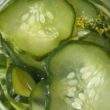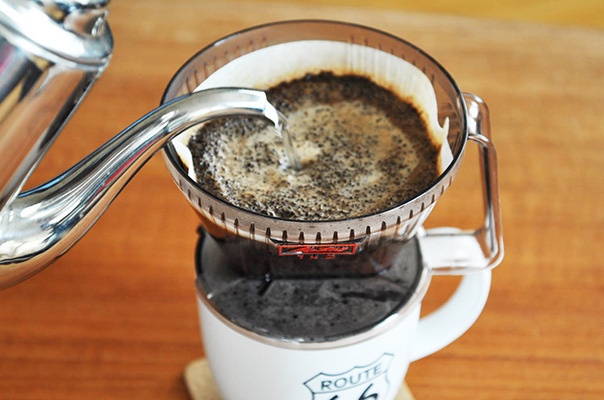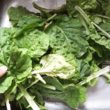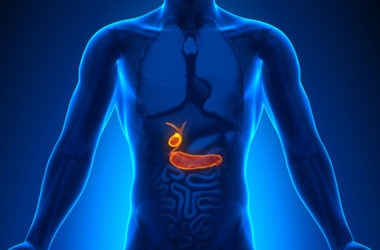If you’re a coffee lover and also the kind of person who’s into DIY projects, then this article is made exclusively for you. That’s because it will teach you how to make a cup of decaffeinated coffee in your home.
No, this quest is not about adding a teaspoonful of decaffeinated instant coffee in a cup of hot water — it’s about making decaffeinated coffee from scratch, which means that your kitchen is going to be like a laboratory.
But there’s no need to fret because you are not going to use sophisticated machines employed by manufacturers of decaffeinated coffee — you will rely on everyday tools and ingredients.
Since the goal is to make decaffeinated coffee from scratch, there’s one very important task that you need to do, and that is getting your hands on green coffee beans.
No, green coffee beans are not from outer space or the creations of a mad scientist. Did you know that coffee beans are really green and not brown or black that all of us commonly think?
Coffee beans sold everywhere are brown or black because they have been roasted. But coffee beans obtained from coffee plants are actually green in color.
Green coffee beans are the ones that you need to use for this project because you will no longer be able to remove the caffeine content of coffee beans that are already roasted.
Worry not because you are not going to have a difficult time getting your hands on green coffee beans. That’s because they are actually so popular these days for the many benefits they offer, including weight loss.
Since a lot of people, most especially those who like to slim down, are clamoring for green coffee beans, there are so many land-based as well as online shops these days that carry those.
Other things that you will need for this DIY decaffeinated coffee project include a coffee grinder and a frying pan. But if you have a commercial coffee bean roasting machine, feel free to use it for this undertaking.
Then you will also need hot water for extracting caffeine in green coffee beans. Yes, hot water is all you need — and none of those chemicals and pressurized machines employed by decaffeinated coffee manufacturers.
Excited to come up with your very first batch of decaffeinated coffee? Then get your tools and ingredients ready and follow these super simple steps:
Step #1: Soak
Place your green coffee beans in a large mixing bowl and carefully pour hot water into it — just enough to cover all of the green coffee beans.
Allow a few minutes to pass and then strain. Repeat the entire process afterwards. As a general rule of thumb, the more you repeat the process, the more caffeine you are getting rid of.
Unfortunately, there’s something that is being sacrificed each time you pour hot water into your green coffee beans, and that’s the quality of coffee.
Step #2: Roast
This part of the project is the most time-consuming and energy-draining one. That’s because it entails roasting your decaffeinated green coffee beans to perfection.
If you have a commercially-available coffee bean roasting machine, you can take it out of storage. Otherwise, you may simply use a stainless steel pan.
It’s easy to tell that your green coffee beans are roasted. First, instead of green they’re brown or black, depending on your preference. Second, your entire home will be filled with the yummy aroma of coffee!
Step #3: Grind
Unfortunately, it can be challenging for you to complete this DIY decaffeinated coffee project in your kitchen if you do not have a coffee grinder around.
Take note that the word used was “challenging” and not “impossible”. That’s because it is very much possible for you to grind your roasted decaffeinated coffee beans using mortar and pestle.
Whether you intend to use a coffee grinder or mortar and pestle, it’s a good idea to pulverize small amounts of coffee beans at a time for a consistent grind.













